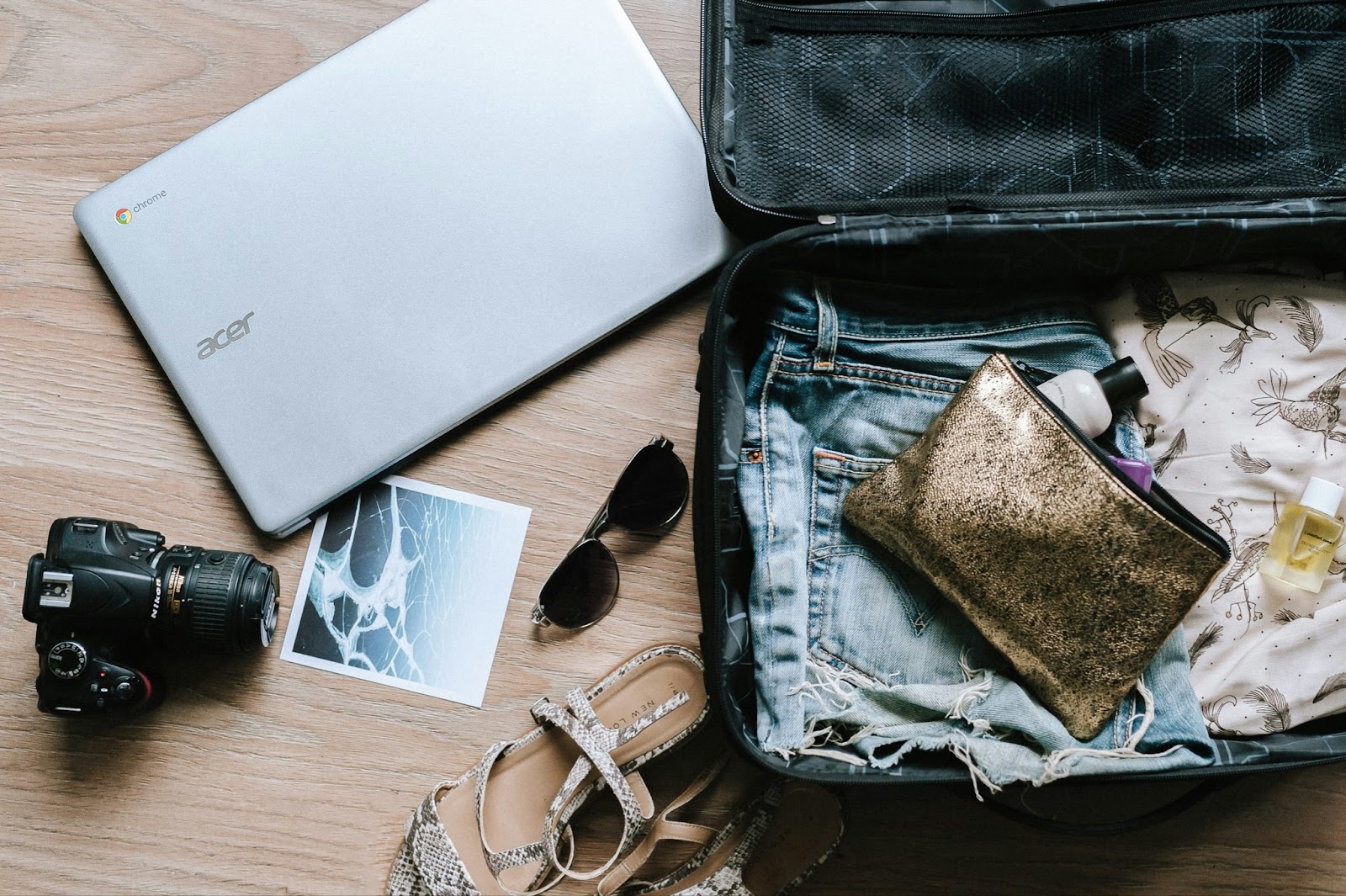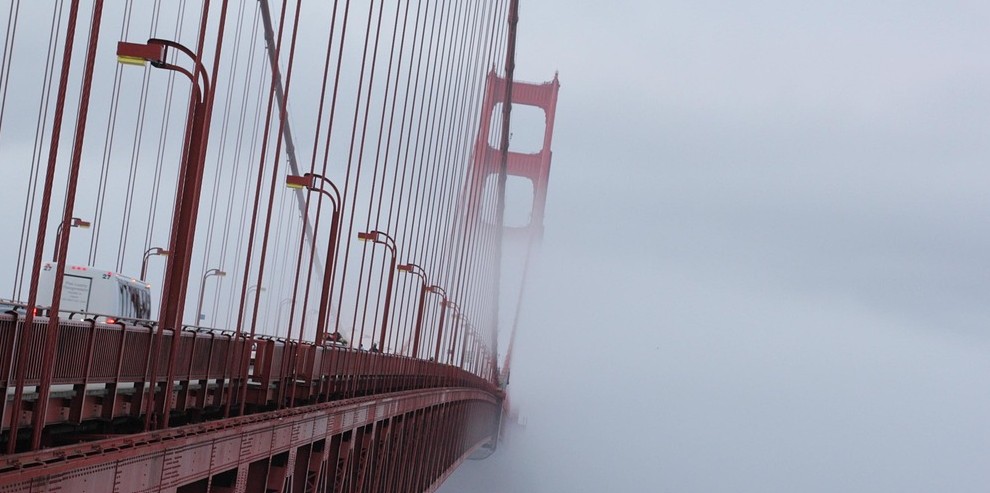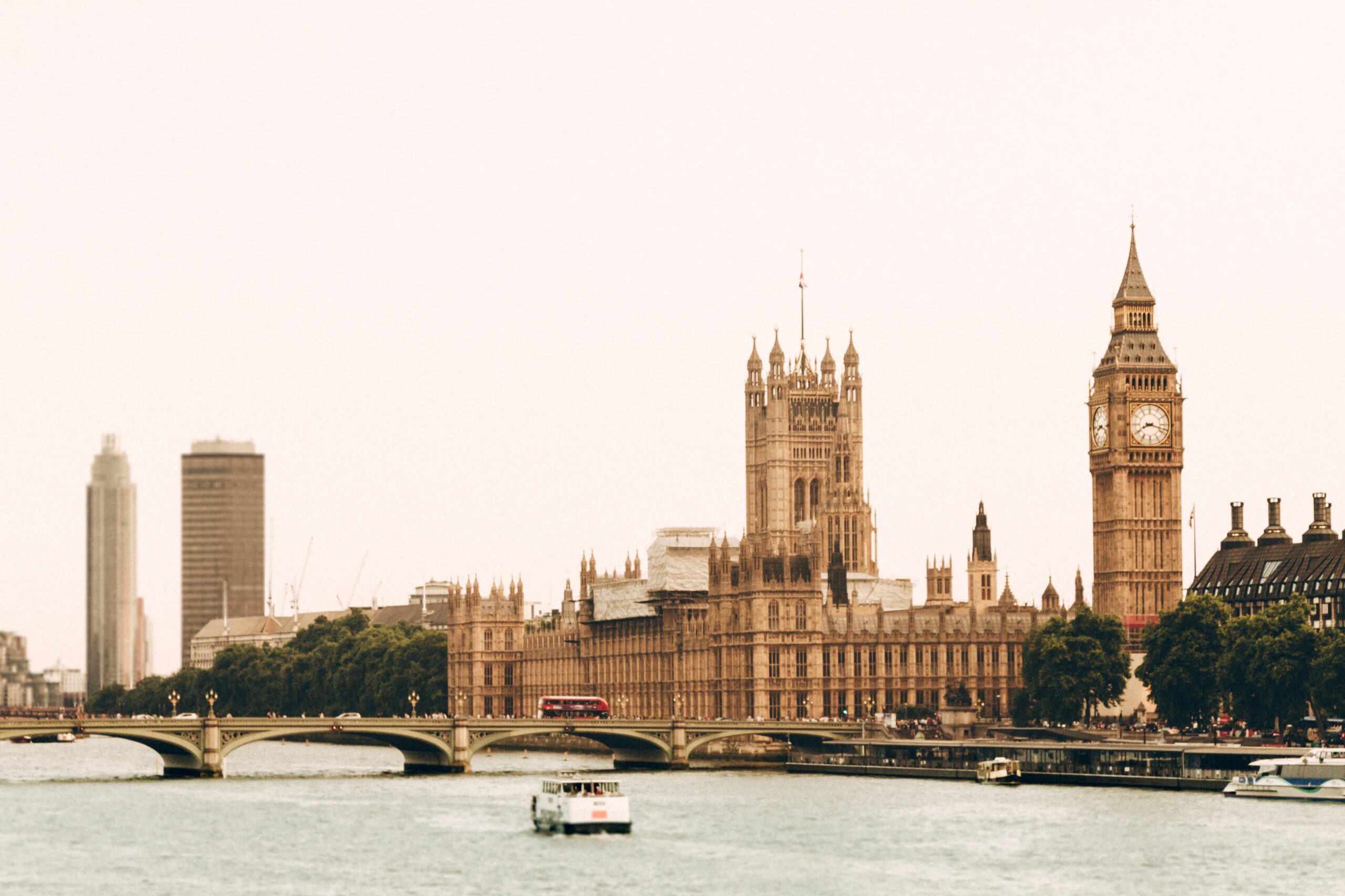
From Raw-Doggin Flights to Silent Commutes — Welcome to Quiet Travel

With holiday travel coming up, could quiet travel be the wellness hack that gets you through it?
Remember in school when, as a punishment, they’d send you to time out or to the quiet chair? Some days, bombarded by a world that’s increasingly connected and consequently noisier, I yearn for the quiet chair I once dreaded. But thanks to the latest trend of “quiet travel,” you can get that sense of peace and solace from your daily commute or your vacation time — if you’re intentional about it.
Quiet travel is a new movement to help people find peace during their days. Whether it’s a silent morning commute — that’s right, no podcast or Top 40 hits — or making time for mindfulness during a flight, incorporating elements of quiet travel into our lives isn’t as complicated, or daunting, as it might sound.
Just a few minutes of silence can make a difference in our mental and emotional health. The ability to find and create quiet is valuable and essential to our wellbeing. Quiet travel offers more than a break from the chaos — it provides an opportunity to reset our relationship with silence and rediscover the joy of being present in the moment.
If that sounds a bit too woo-woo, bear with me. Quiet travel may be a wellness trend, but it’s not reserved solely for the wellness set. Its simplicity makes it unpretentious and accessible to anyone. Imagine this: you go on your hot girl walk, but without the podcast or Sabrina Carpenter playlist to keep you company. Rather than one more moment of distuption, your morning walk to to your neighborhood becomes a chance to create a mindfulness ritual.
Why try quiet travel?
The summer trend of men “raw-dogging” flights may have been tongue-and-cheek, but it spoke to how hard it can be not to succumb to distraction. On TikTok, users (mostly straight men) were bragging about “raw-dogging” flights — no headphones, no movies, no books, and no food, water, or bathroom trips. What started as a meme became a challenge that went viral. Who knows if these men actually achieved this milestone or if they were just posting and claiming that they did? Either way, the trend was both amusing, yet concerning.
Still, the achievement in the challenge was a testament to how normalized it is to plug all of our time with whatever stimuli are available. Don’t worry — I’m not getting on a soapbox about how you should read on a flight instead of watching three movies back-to-back. But travel is one of the chances we get to disconnect from many of our obligations, so it’s no wonder people are using it as a chance to disconnect completely.
Our current cultural moment has created the perfect conditions for quiet travel to enter the zeitgeist and go from a fringe wellness movement to mainstream curiosity. The pandemic jumpstarted a movement to take a more active approach to our mental health needs. NYC was accused of becoming LA for this impulse — and if New Yorkers are finally slowing down and prioritizing wellness, then the entire planet should. This awareness — combined with increasing rates of burnout and digital fatigue — has led to a collective craving for authentic experiences that promise genuine restoration.
But it’s not always realistic to take time our of our hectic lives for a complete reset. We’re busy! And most of us live in high-stress environments. That’s why we don’t have time for quiet. But it’s also why we need it even more — a double-edged sword.
Most of us begin our days reaching for our phones before our feet touch the floor, immediately dousing ourselves in a cascade of emails, news alerts, and social media notifications. Our commutes are soundtracked by podcasts or audiobooks, our workdays filled with Zoom-after-Zoom-after-Zoom calls, and we spend our evenings swimming in the gentle glow of Netflix until we drift off to sleep. We exist in a state of perpetual content consumption, where each moment of silence feels like it must be filled to soothe us. But it’s actually doing the opposite.
Experts call this a state of perpetual content fatigue — the state of weariness that results from being inundated with content — and it’s taking a toll on us. According to Pinterest’s 2024 Travel Report, searches for “quiet life” have skyrocketed by 530%, while “quiet places” searches are up 50%. This isn’t just another fleeting trend; it’s a response to our society’s growing need for mental space and genuine connection with ourselves.
The benefits of incorporating quiet into our travels extend far beyond the anecdotal. Research has shown that even brief periods of silence can lower blood pressure and heart rate more effectively than relaxing music. Scientists have discovered that silence doesn’t just feel good — it actually triggers changes in our brain chemistry that promote healing and regeneration.
When we allow ourselves to experience true quiet, our minds enter a state of default mode network activity, a crucial process that helps us consolidate memories, reflect on past experiences, and process emotions.
How to incorporate quiet travel into your life
Quiet travel doesn’t require distant destinations or expensive retreats. It begins with a simple decision to turn off the noise, tune into the present moment, and allow yourself to experience the profound peace that can be found in silence. In doing so, we might just discover that the quiet we’ve been seeking has been within reach all along. Though we might yearn for days off and lavish holidays — and we deserve them! — just a little daily quiet time can make a major difference.
In a world where silence is a luxury, a groundbreaking travel trend has emerged that speaks to our shared desire for tranquility and introspection: quiet travel. Unlike its viral cousin “raw dogging — the practice of traveling without digital distractions — quiet travel transcends the simple act of unplugging. It’s a thoughtful approach to journeying that prioritizes mindful experiences and mental wellness, offering a respite from our increasingly noisy world. And travel is a convenient time to give it a try.
During a flight, that might look like using some of your plane time to meditate or just close your eyes and sort through your thoughts. Travel can be stressful! But when you’re on the plane, there’s not much to fuss over and control. Take this rare opportunity to practice some box breathing and….simply…. be present.
On a long commute — whether that’s by subway or by car — swap your headphones for a chance to tune into your emotions — especially at the end of a long day. Instead of just going from one task to the next, then the next and caving to distraction, really process the day you just had and be intentional about what’s coming next.
Think of it as micro-meditation. Most of us can’t commit to meditating in the morning when we could be relishing those last minutes of sleep. Many don’t even know how to get started. However, this mindfulness habit is totally accessible and can give you some of the benefits of meditating without a huge obligation. Quiet travel says, why don’t you make the most of that time by doing nothing with it?
Once you’re ready to incorporate quiet travel into your routine, start your days with a period of intentional silence. Instead of immediately checking your phone or making plans, take time to simply observe your surroundings. Enjoy your morning coffee while watching the world wake up, allowing yourself to fully inhabit the present moment.
Build buffer days into your itinerary — days with no planned activities where you can follow your intuition and allow for spontaneous exploration. Consider setting a specific time each evening when you put all devices are away. This creates space for genuine presence and allows you to process the experiences of your day without the interruptions of screens or the distortion of social media.
Once again, I’m not getting on a soapbox, here. We all know that we should be more mindful of our time, stare at screens less, and make time for rest. But quiet travel offers a practical solution. Although carving out time in our busy days may feel impossible, seek mindfulness in the moments of stillness you already have. Transform the frustration of your commute or travel into an opportunity for reflection. It could make all the difference.



